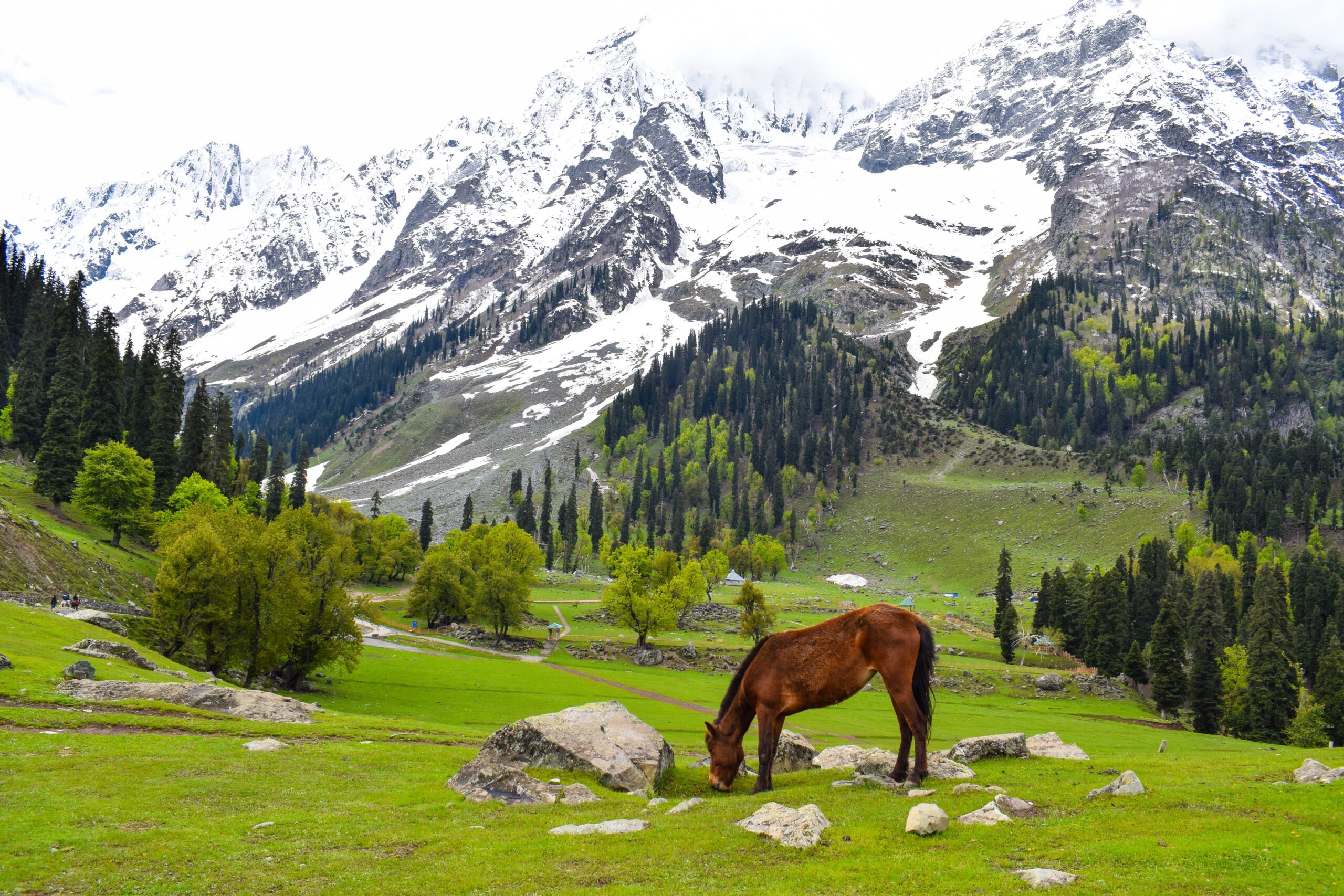As demand for Electric Vehicles(EV) increases, the search for locating and extracting lithium reserves has also increased globally which is the key component of the electric batteries used in electric cars. Report Himalayas explains what the recent discovery of Lithium reserves in Jammu and Kashmir means.
ISHFAQ TANTRY
FEBRUARY 22, 2023
Earlier this month, the Geological Survey of India announced for the first time it has established 5.9 million tonnes inferred resources (G3) of lithium in Jammu & Kashmir. The discovery was described as a big development as it could quench India’s thirst for EV battery development.
A potentially big discovery
With the technology evolving rapidly, Lithium also called “white gold” has emerged as a strategic mineral, apart from its use in the manufacturing of batteries for electric cars, is also being used in mobile phones and computers and has a growing demand worldwide.
In this regard, the February 9, 2023 announcement by the Government of India about the discovery of “very first” substantial lithium deposits, amounting to 5.9 million tonnes, in Salal-Haimana area of Jammu and Kashmir’s Reasi district is indeed a big news, worth catching attention.
However, more careful analysis and study of the processes involved with the extraction of lithium from its ore reveals that there are many stiff challenges and stages before it can be said that the Salal lithium reserves are viable for economic extraction.
Discovery dates back to 1999
Though the Government officials proclaimed that it is “for the first time, lithium reserves have been found and that too in Jammu and Kashmir”, the fact remains that Indian geologists had spotted the promising signs of lithium reserves in J&K’s Reasi district way back in 1999.
Titled “Final report on Regional Geochemical Survey for Base Metals and Lithium in Salal Area… Field Session 1995-96 and 1996-97”, the 67-page report prepared in 1999 by Geological Survey of India (GSI) scientists K.K. Sharma and S.C. Uppal had said “the prospect of lithium appears to be promising” in the Reasi belt besides flagging high values of lithium “persistent throughout the belt”.
The 1999 report had also credited M.R. Kalsotra, the then director for mineral investigation operations, for carrying out trace studies and reporting “high values of lithium” in 1992.
Why delay since 1999 report
The question which needs to be asked is that if this report and its recommendations were already available, why have no further exploration studies been carried out by the respective government authorities since then to determine the “viability” of the “economic extraction” of the Salal’s lithium reserves and the subsequent developments.
As per a dated press statement by the Ministry of Mines, GoI, the Geological Survey of India (GSI), an attached office of the Ministry of Mines, takes up different stages of mineral exploration as per the approved annual Field Season Programme (FSP) every year like reconnaissance surveys (G4), preliminary exploration (G3) and general exploration (G2) following the guidelines of the United Nations Framework Classification (UNFC) and the Mineral Evidence and Mineral Content Rules (MEMC-2015).
The FSP is undertaken for augmenting mineral resource for various mineral commodities including Lithium. As per this statement, GSI carried out 14 projects on Lithium and associated elements in Bihar, Chhattisgarh, Himachal Pradesh, Jammu & Kashmir, Jharkhand, Madhya Pradesh, Meghalaya, Karnataka and Rajasthan during FSP 2016-17 to FSP 2020-21,
During FSP 2021-22, it said, GSI took up 5 projects on Lithium and associated minerals in Arunachal Pradesh, Andhra Pradesh, Chhattisgarh, Jammu & Kashmir and Rajasthan.
India’s lithium needs likely to soar
As the clamor for finding green energy resources increases, India’s lithium needs are also likely to soar in the coming future given the current government’s push for electric vehicles and commitments to the global community for reducing carbon footprints.
The Discovery of 5.9 million tonnes of Lithium reserves, if verified through future studies and if determined as viable for economic extraction, would mean India has one of the largest reserves of this strategic mineral and may reduce India’s dependence on imports for its lithium products.
The country currently imports its lithium from Australia and Argentina. As per the government figures, In 2020-21 alone , India imported Rs 173 crore worth of lithium and Rs 8,811 crore worth of lithium ions. In this backdrop, the 5.9 million tonnes of this strategic metal discovered in J&K if determined as viable for economic extraction would be a big boost for India’s ambition to expand EV penetration by 30 percent by 2030.
Lithium reserves are limited
Lithium- a silvery-white alkali metal & the lightest solid element, forms the backbone of batteries that power our phones, laptops, pacemakers, solar grids, and most importantly electric vehicles (EVs).
Lithium reserves, however, are also rare. There are 98 million tonnes of lithium globally. Chile – at 9.2 million tonnes – led the world in lithium reserves, followed by Australia (6.2 million tonnes). Therefore, the discovery of 5.9 million tonnes of lithium in J&K may push India it into the top three countries in the world with the highest lithium reserves.
Sustainability concerns
There lie many challenges as far as the development and extraction of lithium from its ore are concerned. Moreover, with evidence already available as far as the development and mining of Lithium ore sites is concerned, scientists and environmentalist are flagging their concerns about environmental impacts and the sustainability of the Salal lithium reserves and other such reserves in other parts of the country.
“The biggest concern expressed by many is the fact that mining companies do not follow eco-friendly practices, and this is more pronounced in India because of its lax environmental regulations. The fact that the Himalayas are source of so many rivers, any mining activity is going to pollute the entire riparian ecosystem”, Shailendra Yashwant, a senior adviser to Climate Action Network South Asia (CANSA) recently said in wrote in an opinion piece.
Lithium extraction is water intensive
Before embarking on the extraction of the Lithium reserves, the authorities need to take the ecological sensitivities of the region into account as lithium extraction from its ore involves excessive use of water, thus leading to water pollution.
As per one estimate, it takes approximately 2.2 million liters of water to produce one ton of lithium. The most common lithium mining technique in salt flats is through brine extraction, which though lower in CO2 emissions than hard rock mining, requires excessive land and water use.
500,000 water gallons yield one tonne lithium
In Chile, which forms the ‘The Lithium Triangle’, 500,000 gallons of water yields one tonne of lithium. This triangle- an intersection of Chile, Bolivia, and Argentina- is believed to contain over 75 percent of the existing known lithium reserves
Apart from highlighting the “environmental justice” issues like “socio-environmental impacts of lithium mineral extraction”, experts and various studies have already pointed out that in regions already grappling shortage of clean water and accessibility, lithium water-mining techniques “could actually cause local water basins to be contaminated, and use an already scarce water supply meant for rural communities, livestock, and crops.”




